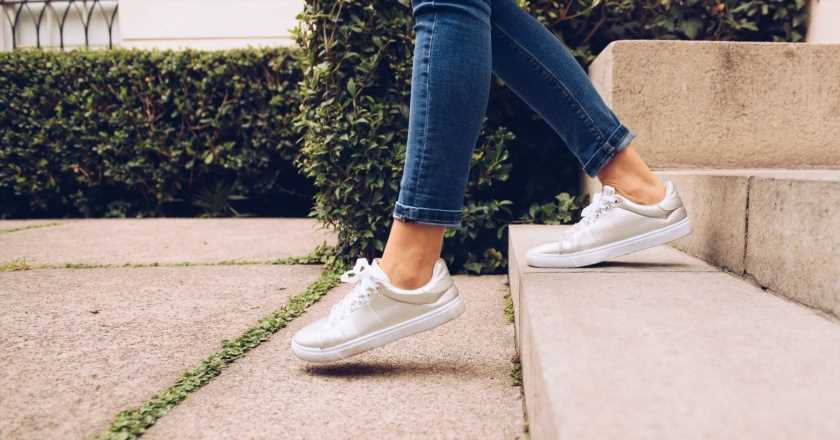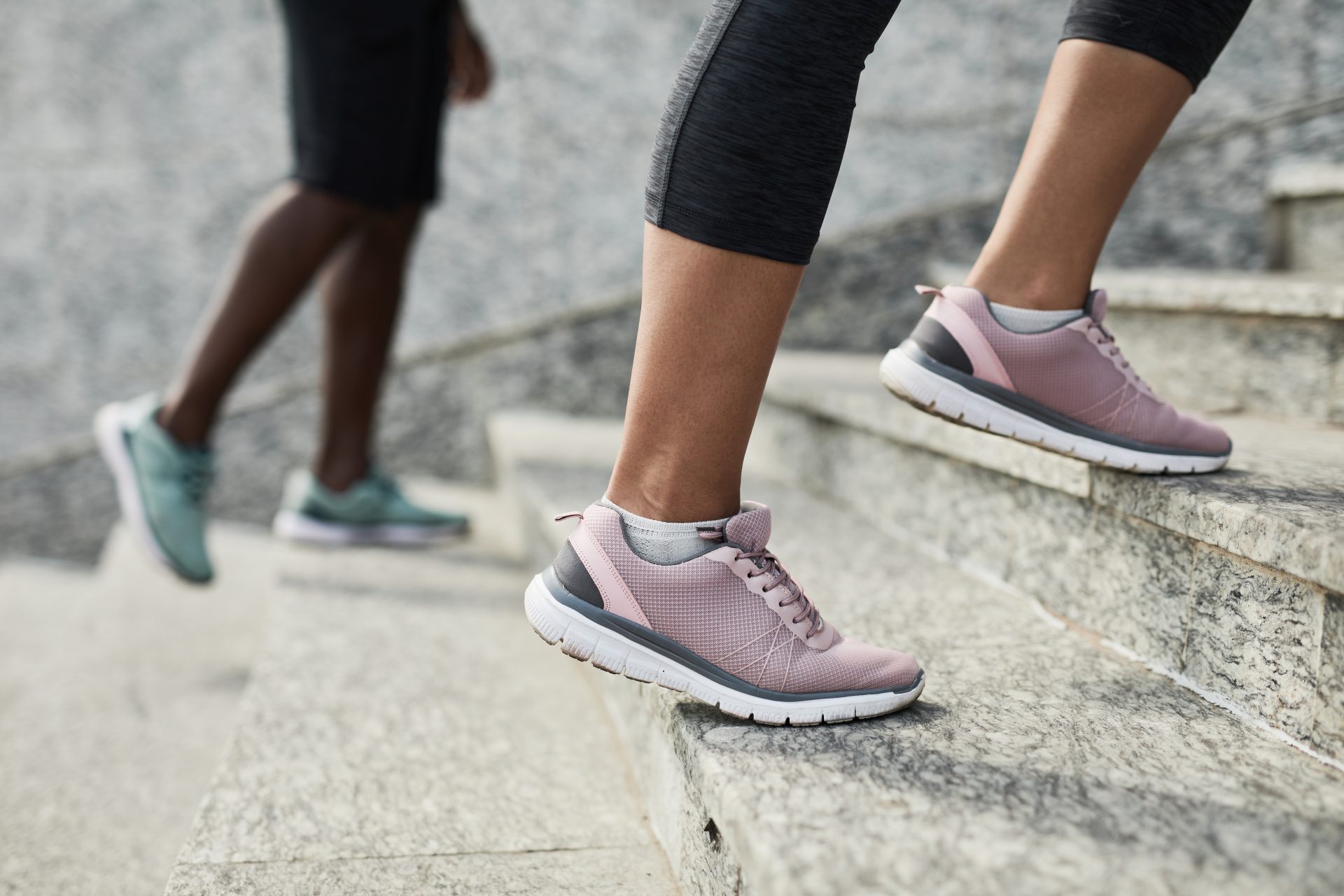
Walking may be good for us, but walking backwards might have even more benefits. Here’s why.
Walking is simple: you put one foot in front of the other and… you’re walking. You can speed up, go long or stomp over different terrains. However you do it, the idea is to move forward. Until now.
Experts are increasingly convinced that we should be walking backwards to reap a host of health benefits – both physical and mental. Most of the time, we walk as if on autopilot. You rarely think about the process of walking and what it involves. But walking is way more complicated than you might think.
You may also like
Reverse running: what are the benefits of running backwards and should we all start doing it?
Writing for The Conversation, Jack McNamara, lecturer in clinical exercise physiology at the University of East London, he explains thatremaining upright “requires coordination between our visual, vestibular (sensations linked to movements such as twisting, spinning or moving fast) and proprioceptive (awareness of where our bodies are in space) systems”. Walking backwards forces the brain to work harder to coordinate those systems – and that’s where the health benefits come in.
We previously asked Lucy Usher, a Barry’s UK trainer, to explain the benefits of running backwards, and she told us: “As crazy as it sounds, it does come with benefits that may improve your usual running technique, such as improving your posture, as it will require you to be in more of an upright position and therefore you can take this posture into your forwards running.
“It’s also an exercise that not only improves your coordination and balance but can be great to show just how much balance and coordination you already have.” So, what might the benefits be for reverse walking?
Health benefits of walking backwards
Better balance
It’s pretty hard to move backwards, and that’s partly because it can be tricky to balance. Anything that improves balance and coordination is a good thing. A 12-year study, published in the British Journal of Sports Medicine, found that our ability to balance is linked to our risk of dying prematurely.
Better gait
Runners, in particular, tend to find out that they’ve got gait issues when they’ve picked up their nth injury. A review of 21 studies found that backwards walking can improve gait issues and associated problems.
Relief for foot and back pain
When we took to Twitter to see if anyone had given backwards walking a go, one follower told us that they’d been recommended to walk backwards for 20 minutes a day in order to ease lower back pain. There’s science to back that up: a 2018 study found that backwards walking improved back muscle activity for people with lower back pain – which led researchers to conclude that backwards walking “is a more favourable aerobic activity” for lower back pain rehab than other exercises.

There’s also some suggestion that backwards walking may help ease the pain of plantar fasciitis (PF) – one of the most common running injuries. Published in the Iranian Journal of Public Health, a 2021 study got a bunch of PF patients to either walk normally or walk backwards down a steep slope. Those who walked backwards showed “significant reduction” in pain after getting up, walking after a rest and pain in their daily life, compared with their pain levels before the experiment.
It expends more energy
If you’re looking to make walking into more of a workout, then it’s good to know that moving backwards requires up to 30% more energy than moving forwards. That means the body has to work harder to move – recruiting more muscles and demanding more effort.
How to start walking backwards
When I tried moving backwards, I found it a pretty terrifying experience. You can’t see where you’re going, so changes in terrain and other people moving faster in the opposite direction come as a shock. It’s difficult to pick up the speed or to go for long stretches when you’re outside. That’s probably why most of the studies that exist on the subject are done on treadmills or with the help of lots of scientists to make sure that people don’t stack it or walk into a bin.
Usher recommends heading indoors to get used to the movement first: “The treadmill will never change underneath your feet as it’s a flat surface, plus you have the handrails on a treadmill you can hold onto if you need a little extra support.”
The biggest thing I found from trying it was that I was forced to take smaller steps, which is great news for my knees and ankles as I tend to overstride (which puts pressure on the joints further down the chain, rather than recruiting the bigger muscles like hamstrings and quads). And although I didn’t love trying it in a park where everyone could see me, there’s something to be said for mixing up training and moving your body in a totally different pattern.
So the next time you’re at the gym, why not pop onto the treadmill for a few minutes and see how it feels?
Images: Getty
Source: Read Full Article